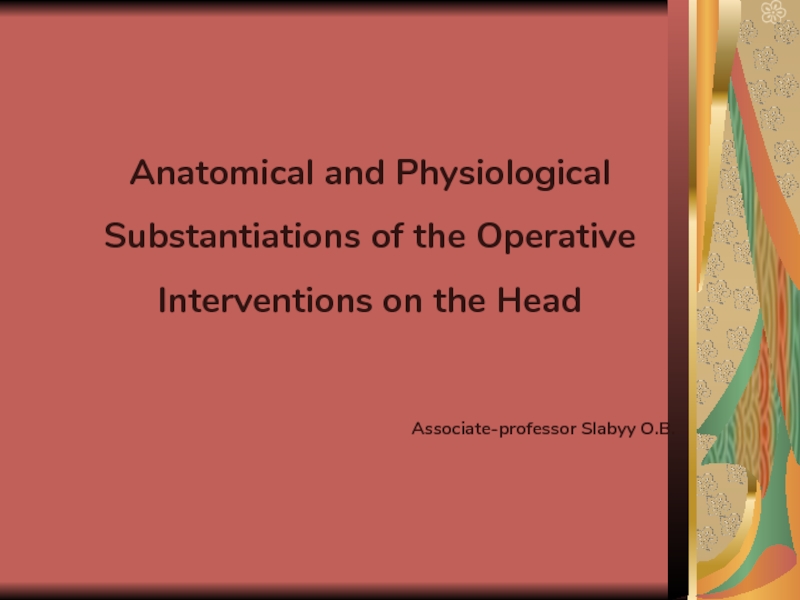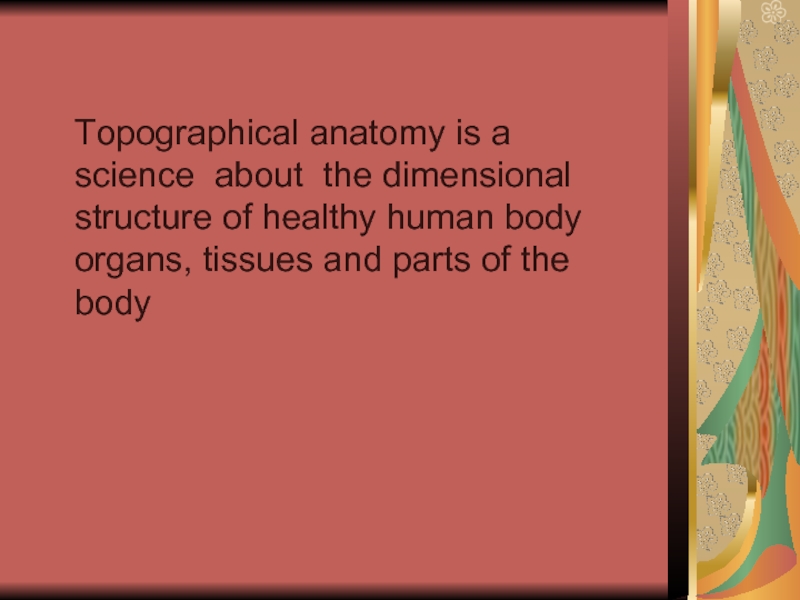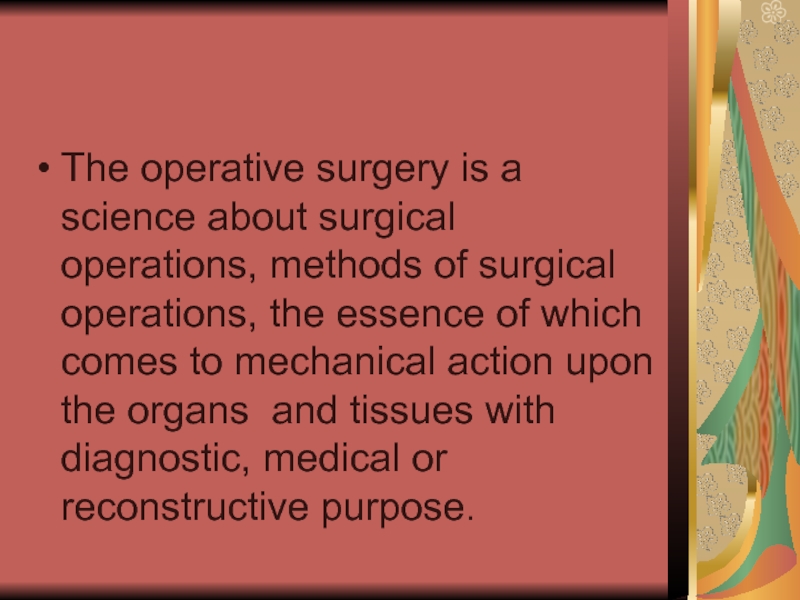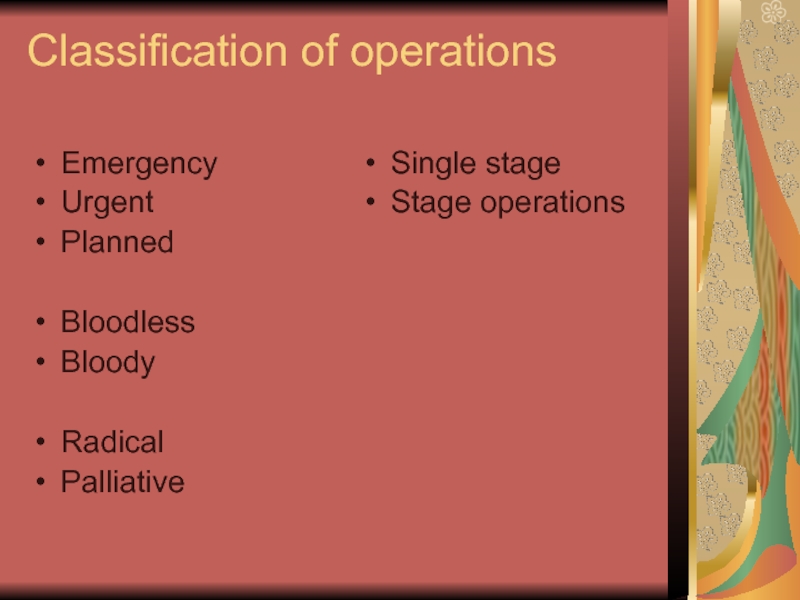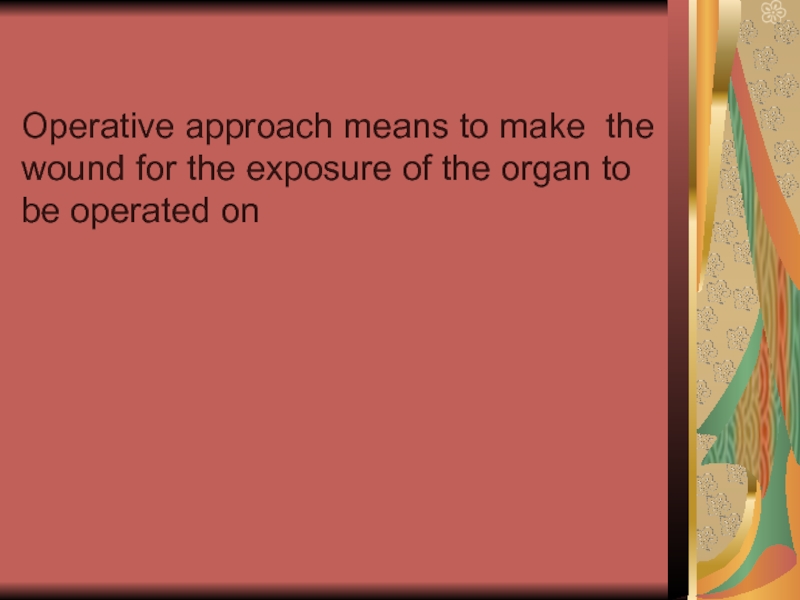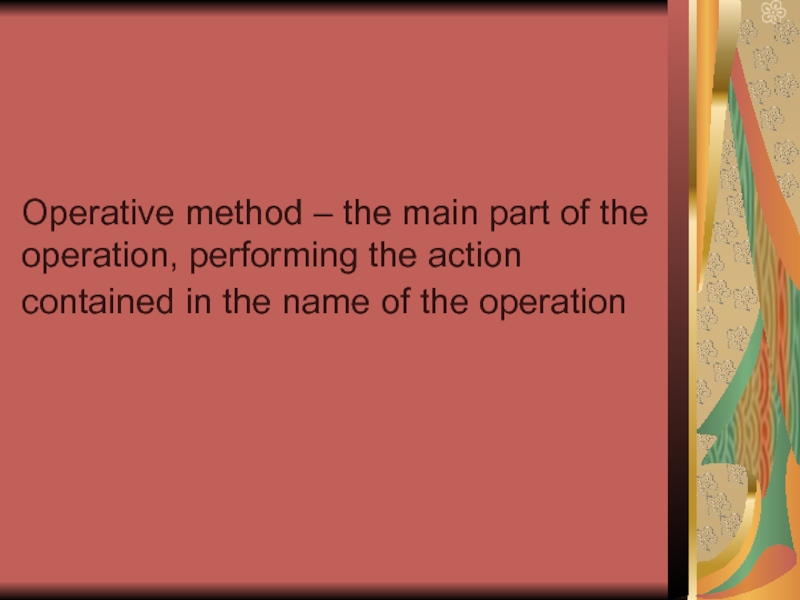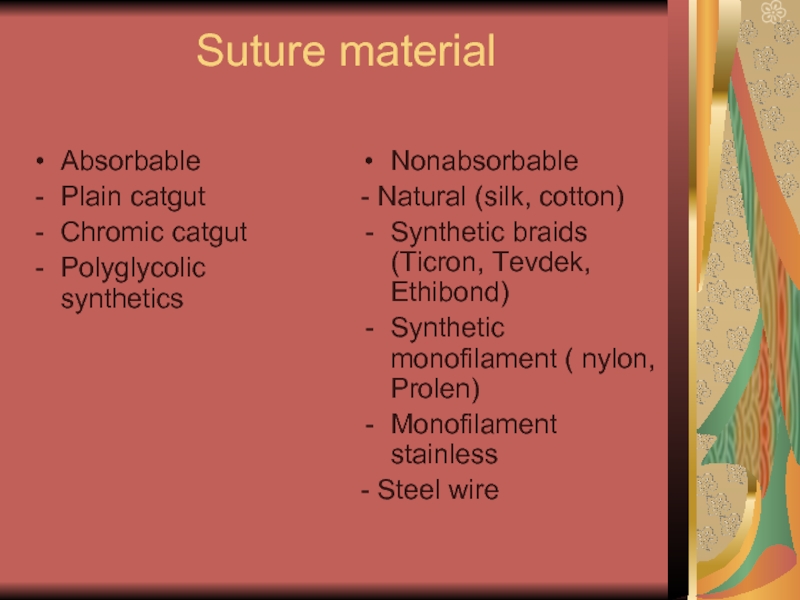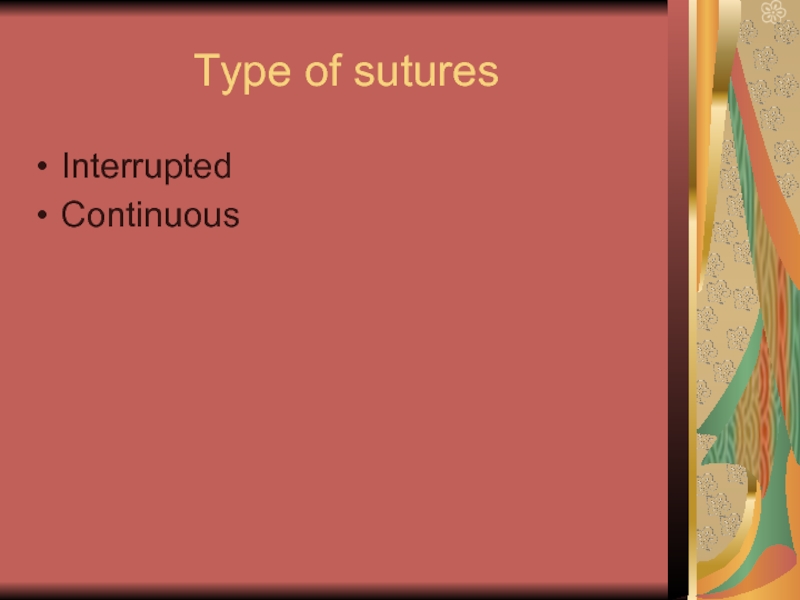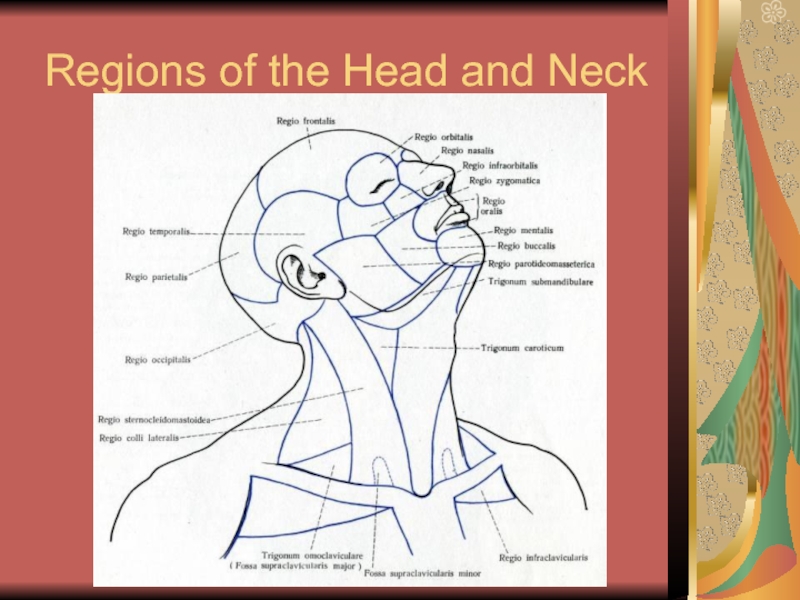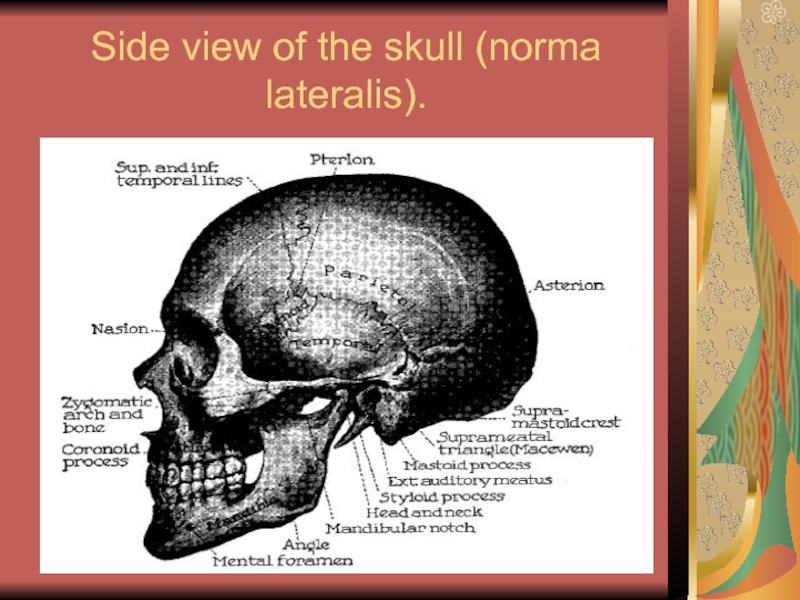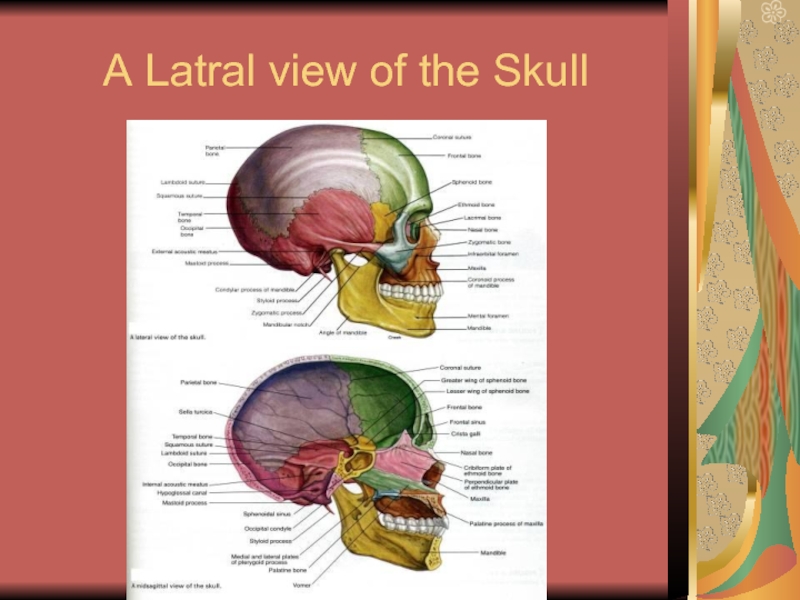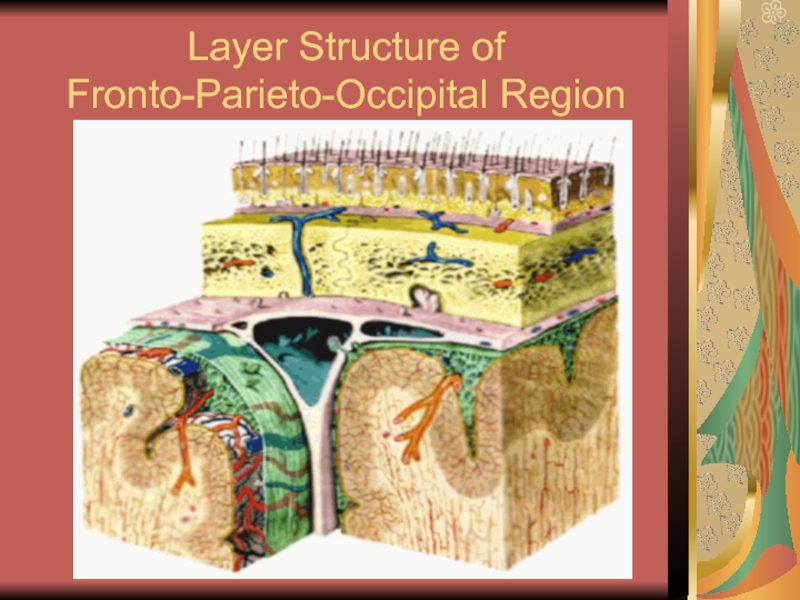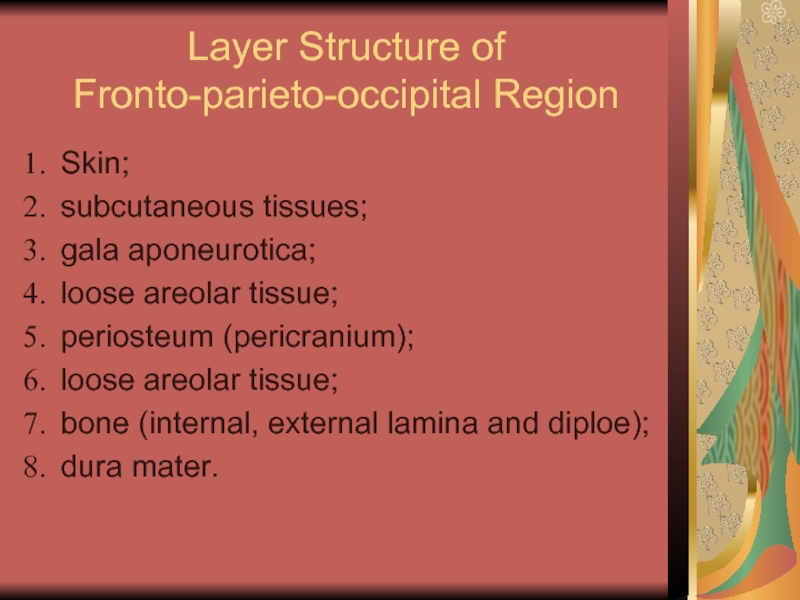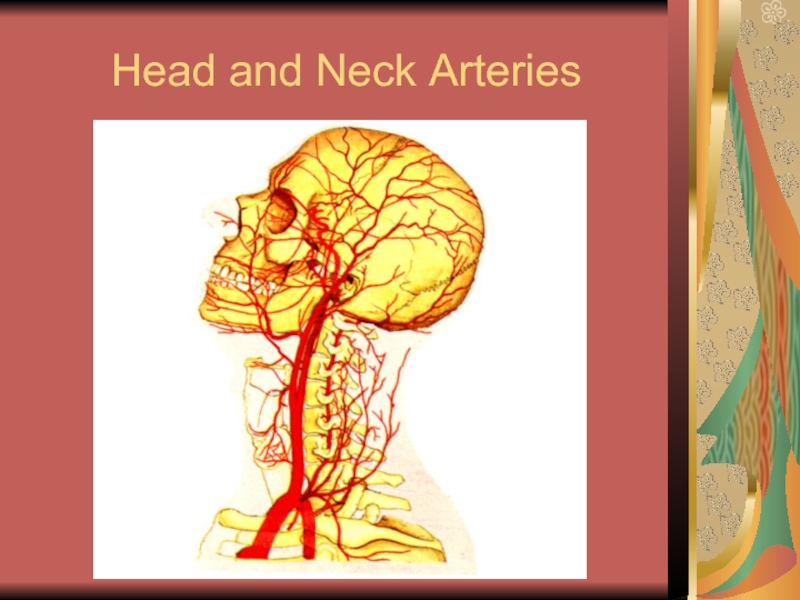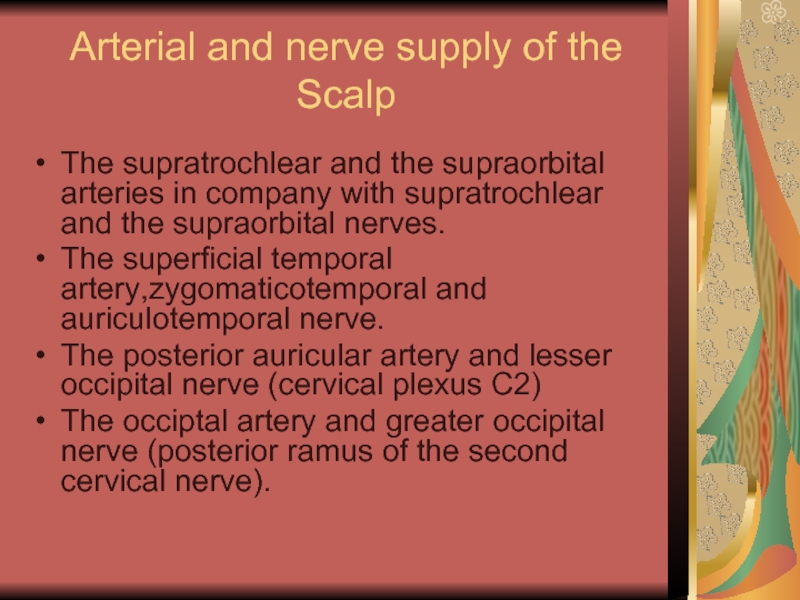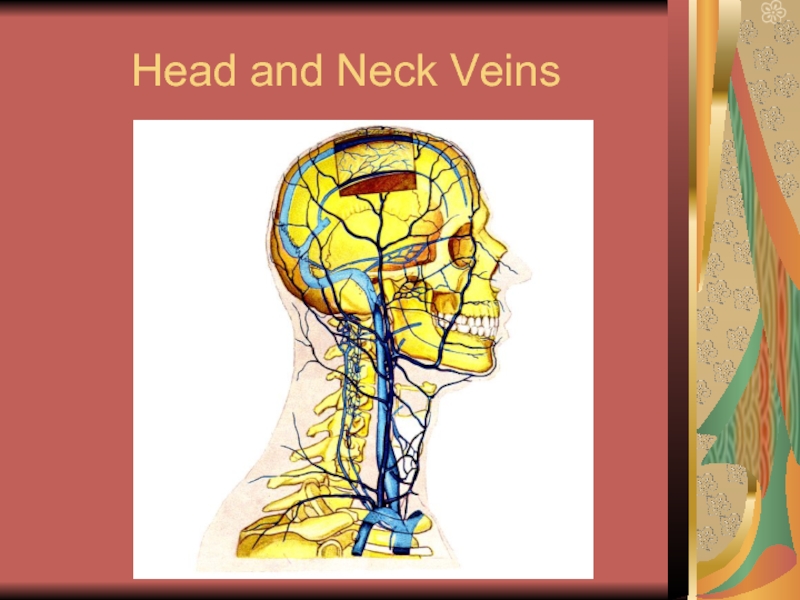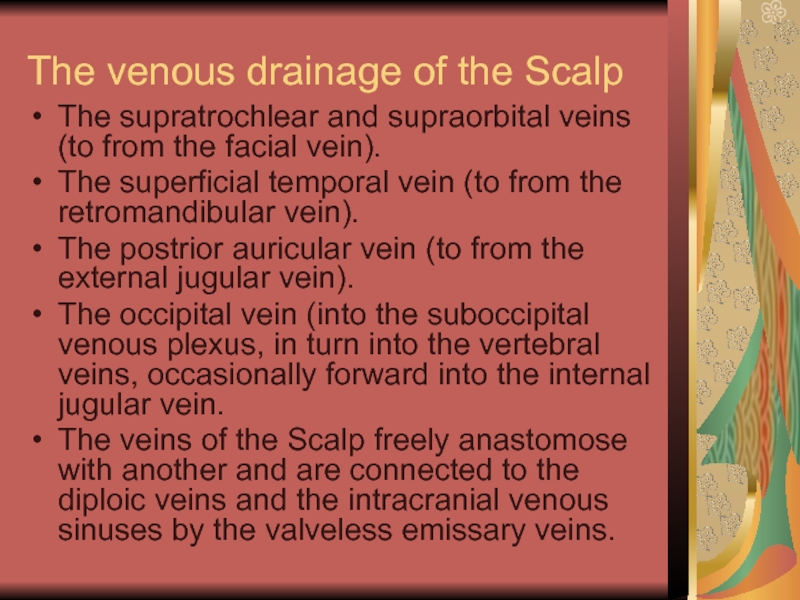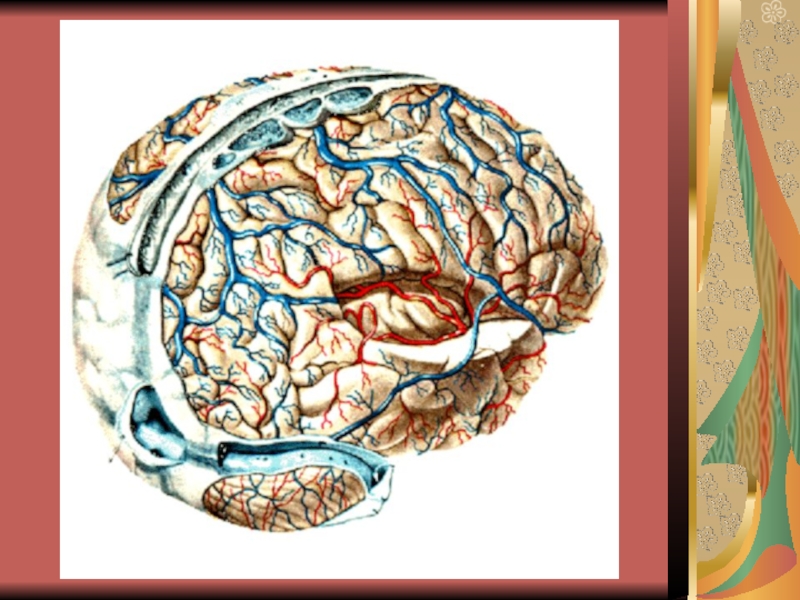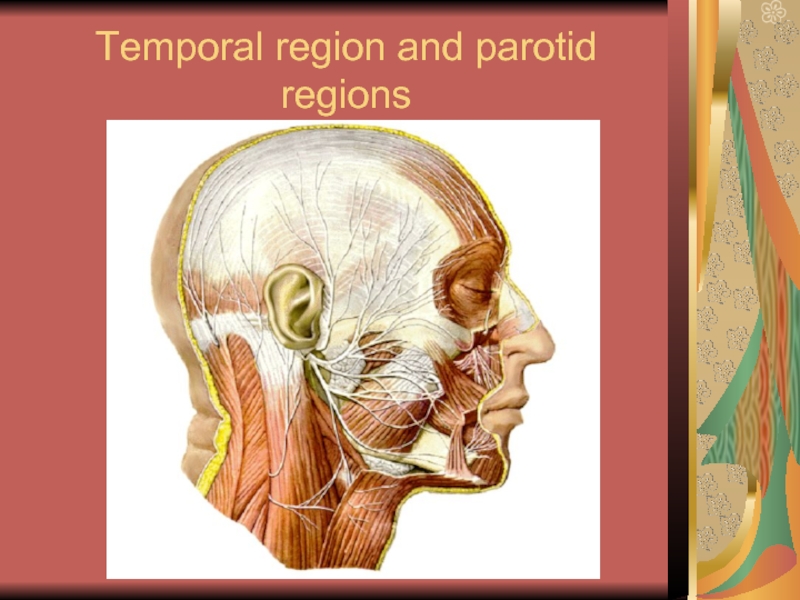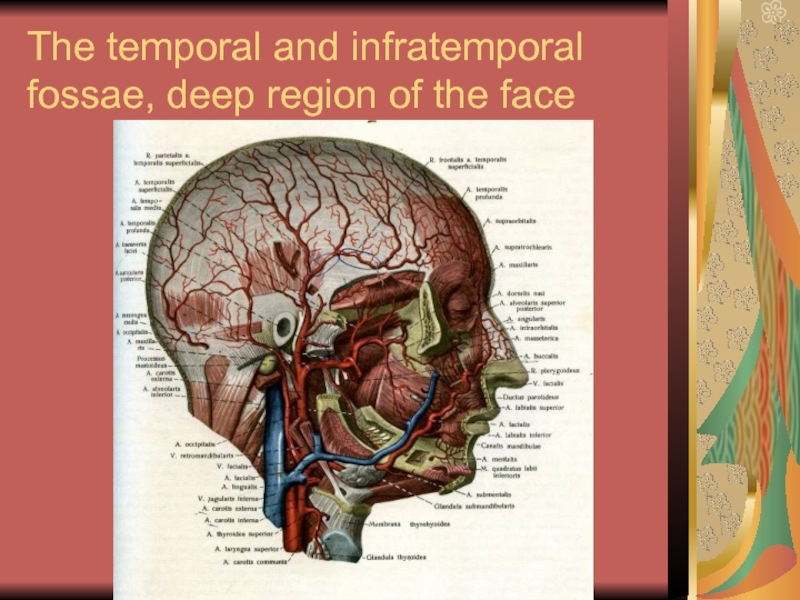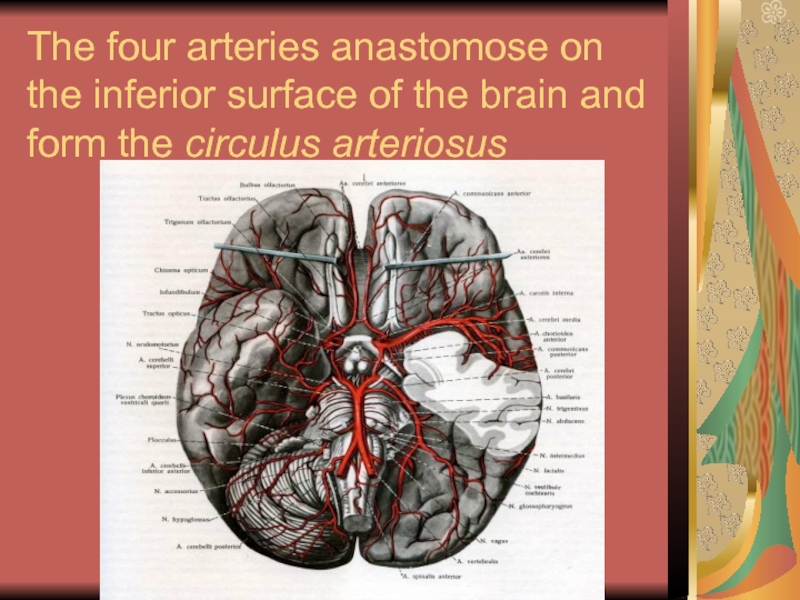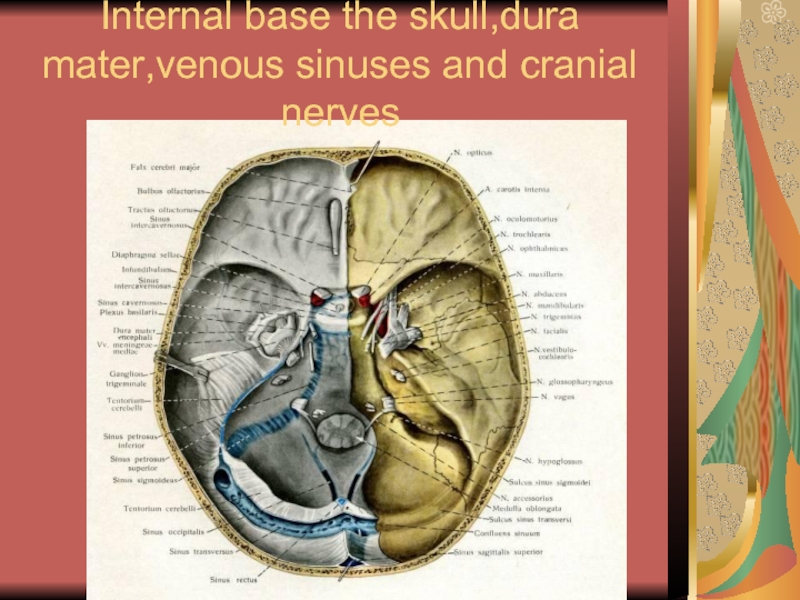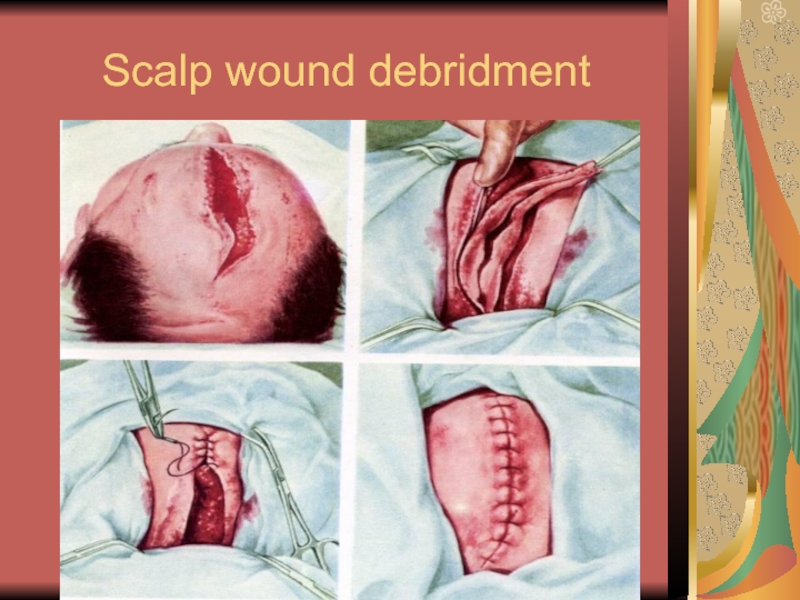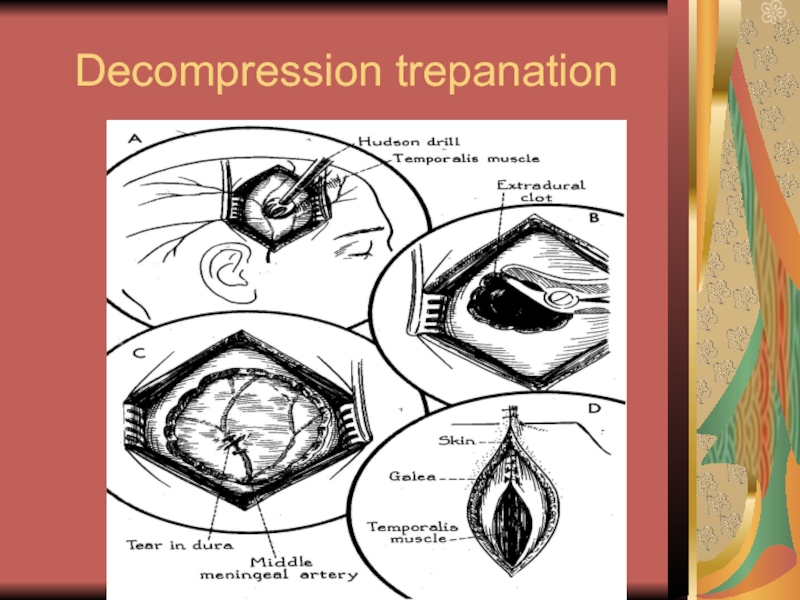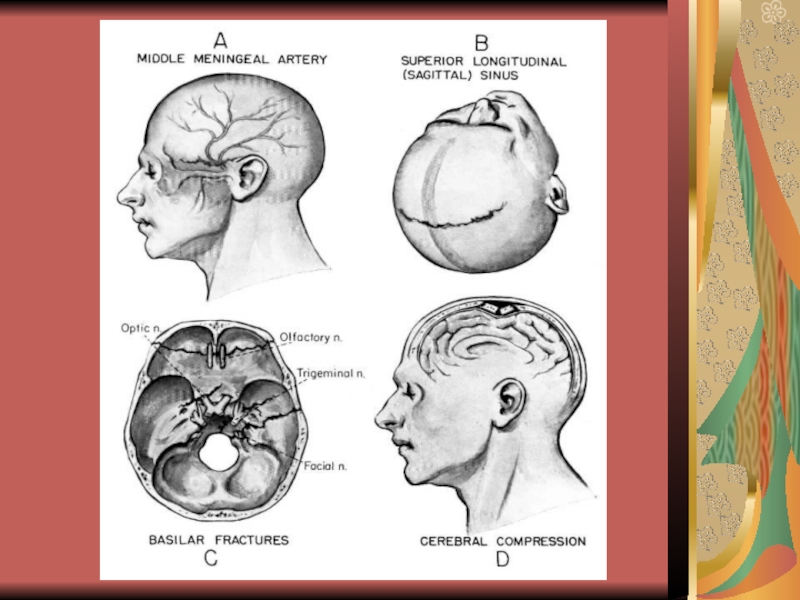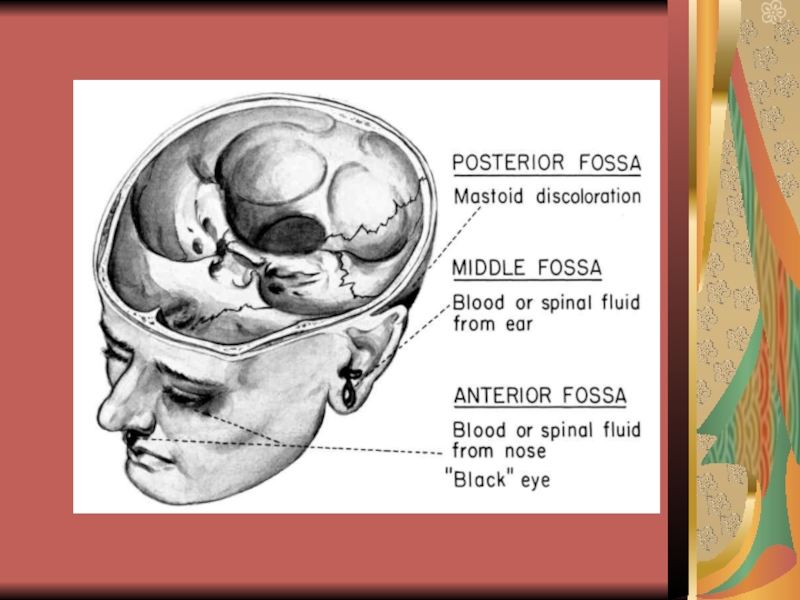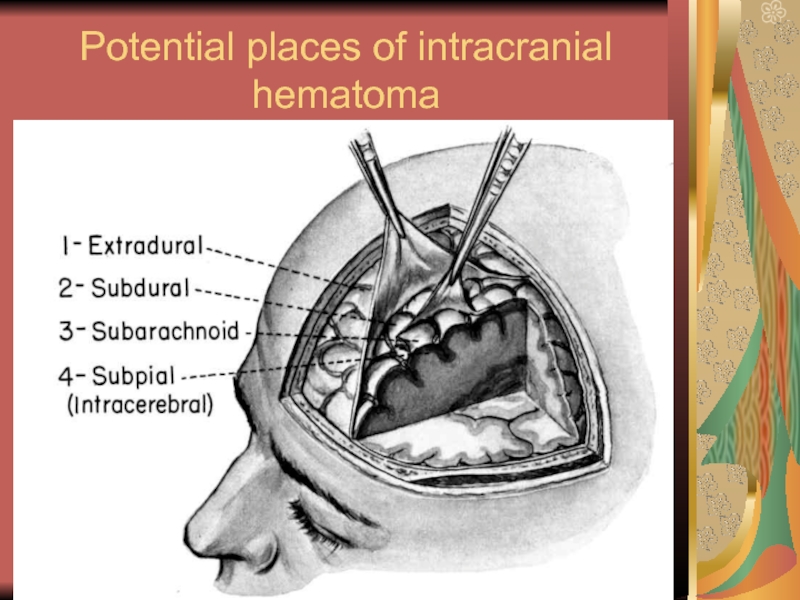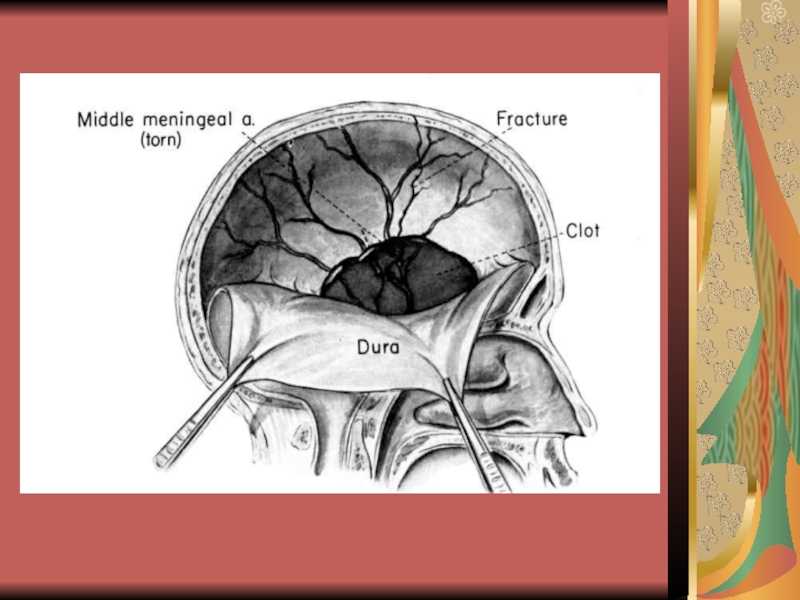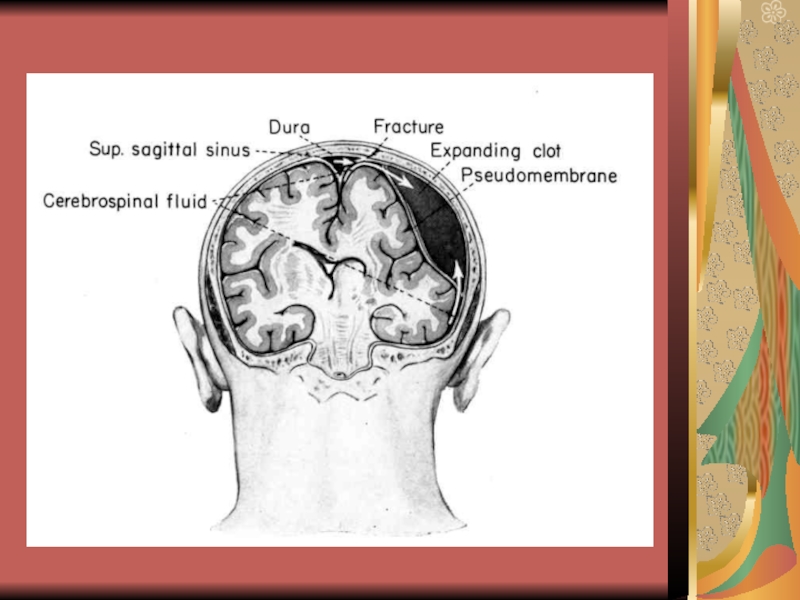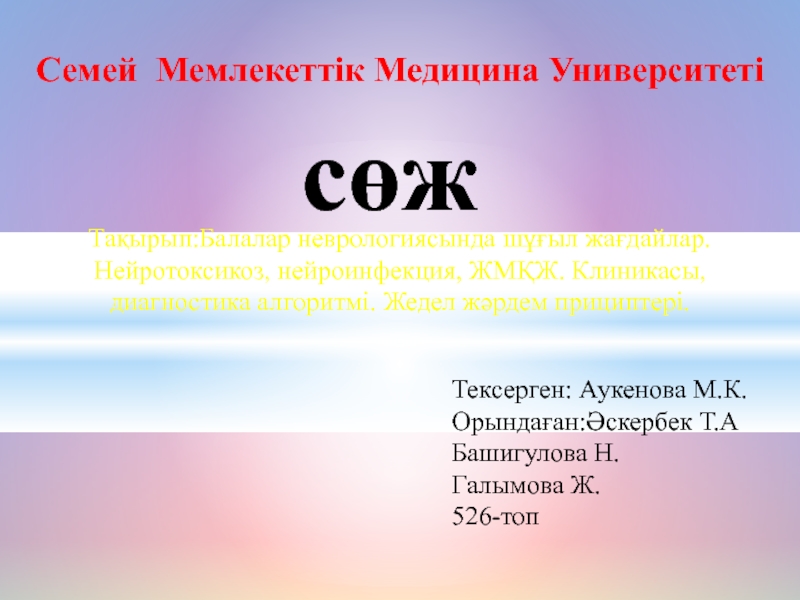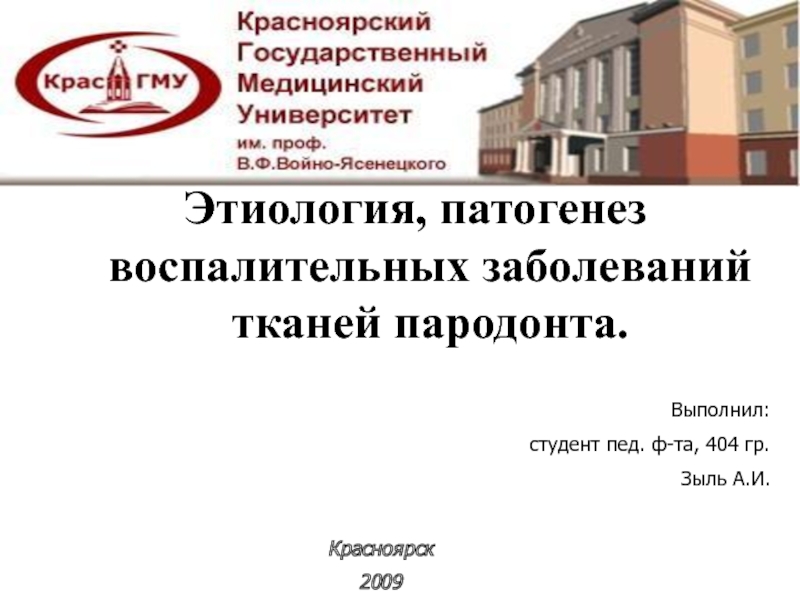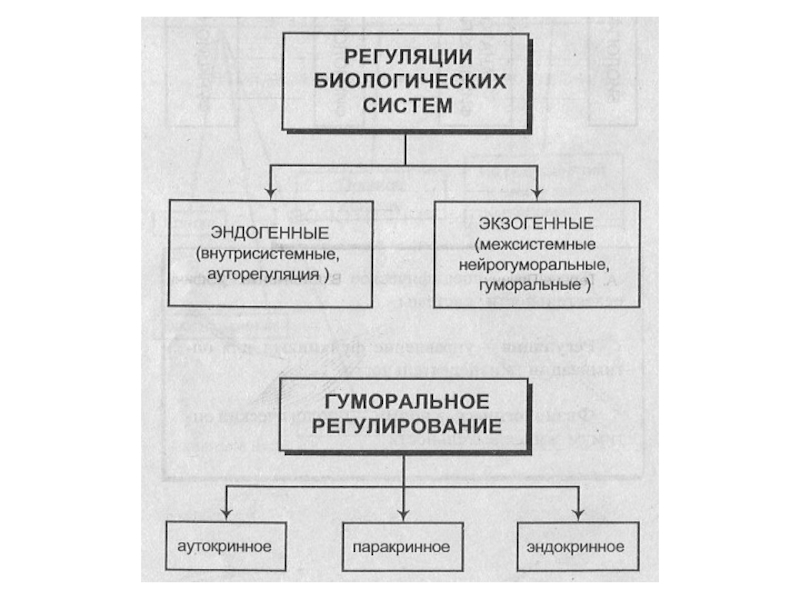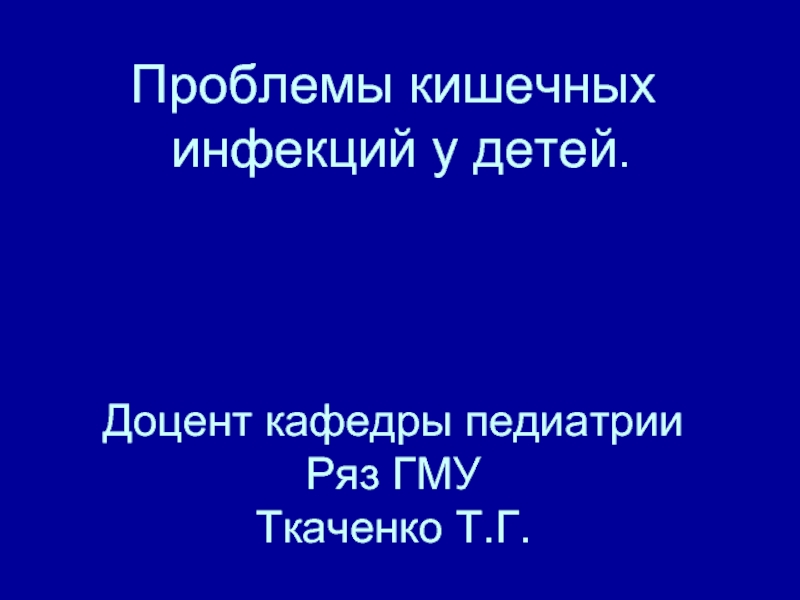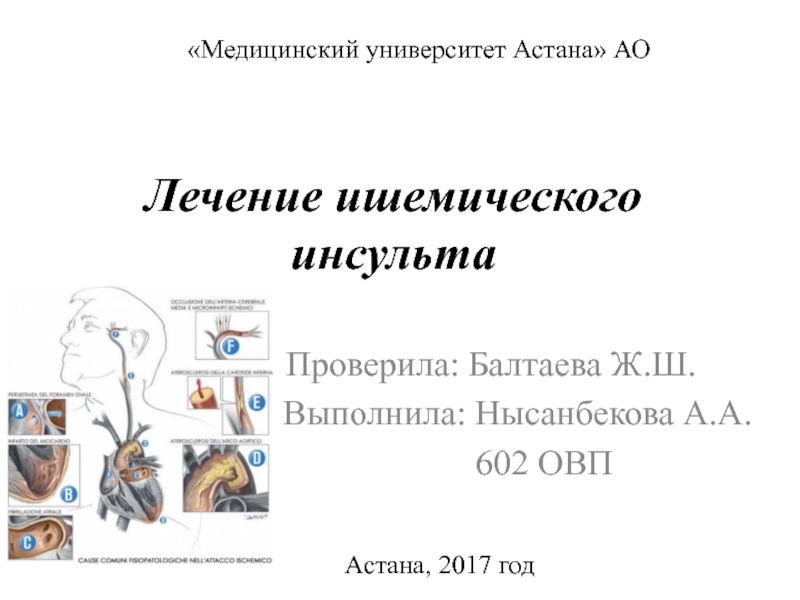Associate-professor Slabyy O.B.
- Главная
- Разное
- Дизайн
- Бизнес и предпринимательство
- Аналитика
- Образование
- Развлечения
- Красота и здоровье
- Финансы
- Государство
- Путешествия
- Спорт
- Недвижимость
- Армия
- Графика
- Культурология
- Еда и кулинария
- Лингвистика
- Английский язык
- Астрономия
- Алгебра
- Биология
- География
- Детские презентации
- Информатика
- История
- Литература
- Маркетинг
- Математика
- Медицина
- Менеджмент
- Музыка
- МХК
- Немецкий язык
- ОБЖ
- Обществознание
- Окружающий мир
- Педагогика
- Русский язык
- Технология
- Физика
- Философия
- Химия
- Шаблоны, картинки для презентаций
- Экология
- Экономика
- Юриспруденция
Anatomical and physiological substantiations of the operative interventions on the head презентация
Содержание
- 1. Anatomical and physiological substantiations of the operative interventions on the head
- 2. Topographical anatomy is a science about the
- 3. The operative surgery is a science
- 4. Classification of operations Emergency Urgent Planned
- 5. Operative approach means to make the wound
- 6. Operative method – the main part of
- 7. Suture material Absorbable Plain catgut Chromic catgut
- 8. Type of sutures Interrupted Continuous
- 9. Regions of the Head and Neck
- 10. Side view of the skull (norma lateralis).
- 11. A Latral view of the Skull
- 12. Layer Structure of Fronto-Parieto-Occipital Region
- 13. Layer Structure of Fronto-parieto-occipital Region Skin; subcutaneous
- 14. Head and Neck Arteries
- 15. Arterial and nerve supply of the Scalp
- 16. Head and Neck Veins
- 17. The venous drainage of the Scalp The
- 19. Temporal region and parotid regions
- 20. The temporal and infratemporal fossae, deep region of the face
- 21. The four arteries anastomose on the
- 22. Internal base the skull,dura mater,venous sinuses and cranial nerves
- 23. Scalp wound debridment
- 24. Decompression trepanation
- 27. Potential places of intracranial hematoma
- 30. Thank You for Attention!
Слайд 2Topographical anatomy is a science about the dimensional structure of healthy
human body organs, tissues and parts of the body
Слайд 3
The operative surgery is a science about surgical operations, methods of
surgical operations, the essence of which comes to mechanical action upon the organs and tissues with diagnostic, medical or reconstructive purpose.
Слайд 4Classification of operations
Emergency
Urgent
Planned
Bloodless
Bloody
Radical
Palliative
Single stage
Stage operations
Слайд 6Operative method – the main part of the operation, performing the
action contained in the name of the operation
Слайд 7Suture material
Absorbable
Plain catgut
Chromic catgut
Polyglycolic synthetics
Nonabsorbable
- Natural (silk, cotton)
Synthetic braids (Ticron, Tevdek,
Ethibond)
Synthetic monofilament ( nylon, Prolen)
Monofilament stainless
- Steel wire
Synthetic monofilament ( nylon, Prolen)
Monofilament stainless
- Steel wire
Слайд 13Layer Structure of Fronto-parieto-occipital Region
Skin;
subcutaneous tissues;
gala aponeurotica;
loose areolar tissue;
periosteum (pericranium);
loose areolar
tissue;
bone (internal, external lamina and diploe);
dura mater.
bone (internal, external lamina and diploe);
dura mater.
Слайд 15Arterial and nerve supply of the Scalp
The supratrochlear and the supraorbital
arteries in company with supratrochlear and the supraorbital nerves.
The superficial temporal artery,zygomaticotemporal and auriculotemporal nerve.
The posterior auricular artery and lesser occipital nerve (cervical plexus C2)
The occiptal artery and greater occipital nerve (posterior ramus of the second cervical nerve).
The superficial temporal artery,zygomaticotemporal and auriculotemporal nerve.
The posterior auricular artery and lesser occipital nerve (cervical plexus C2)
The occiptal artery and greater occipital nerve (posterior ramus of the second cervical nerve).
Слайд 17The venous drainage of the Scalp
The supratrochlear and supraorbital veins (to
from the facial vein).
The superficial temporal vein (to from the retromandibular vein).
The postrior auricular vein (to from the external jugular vein).
The occipital vein (into the suboccipital venous plexus, in turn into the vertebral veins, occasionally forward into the internal jugular vein.
The veins of the Scalp freely anastomose with another and are connected to the diploic veins and the intracranial venous sinuses by the valveless emissary veins.
The superficial temporal vein (to from the retromandibular vein).
The postrior auricular vein (to from the external jugular vein).
The occipital vein (into the suboccipital venous plexus, in turn into the vertebral veins, occasionally forward into the internal jugular vein.
The veins of the Scalp freely anastomose with another and are connected to the diploic veins and the intracranial venous sinuses by the valveless emissary veins.
Слайд 21 The four arteries anastomose on the inferior surface of the brain
and form the circulus arteriosus
